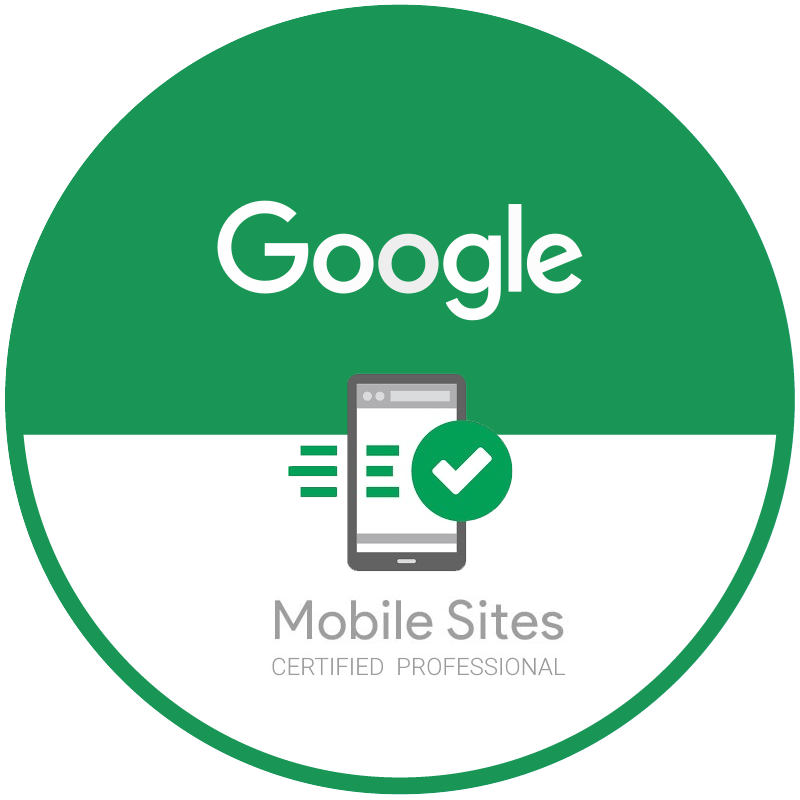![]() Sandro Salsi| October 1, 2021
Sandro Salsi| October 1, 2021
Let us explain.
You want your website to rank higher and see your organic traffic increasing because you believe that leads and sales will also increase. When we choose target keywords, people tend to go after those with the highest search volumes, but much more important than the keyword’s search volume is the intent behind it.

Wikipedia defines the “User Intent” in the following way:
User intent, otherwise known as query intent or search intent, is the identification and categorization of what a user online intended or wanted to find when they typed their search terms into an online web search engine for the purpose of search engine optimisation or conversion rate optimisation. [wikipedia]
Let me share some shocking statistics with you:
Organic Traffic Statistics
- 5 per cent: The average traffic share generated by the sites listed on the first Google search results page. (Chitika)
- 5 per cent: The average traffic share the first Google organic search result gets. (Chitika)
- 51 per cent of all website traffic comes from organic search, 10 percent from paid search, 5 percent for social, and 34 percent from all other sources. (BrightEdge)
- Over 40 percent of revenue is captured by organic traffic. (BrightEdge)
Local Search Behaviour Statistics
- 34 per cent of “near me” searches done via desktop and tablets result in store visits. (Hubspot)
- 50 per cent of “near me” Google searches done via mobile result in a store visit. (SEO Expert Brad)
- 4 in 5 consumers use search engines to find local information. (Google/Ipsos MediaCT/Purchased)
- 18 per cent of local smartphone searches led to a purchase within a day. (Google/Ipsos MediaCT/Purchased)
- 88 per cent of users search on a smartphone, while 84 percent search on a computer/tablet. (Google/Ipsos MediaCT/Purchased)
- 54 per cent of smartphone users search for business hours, 53 percentsearchfor directions to a local store. (Google/Ipsos MediaCT/Purchased)
- 4 in 5 consumers want ads customized to their city, zip code, or immediate surroundings. (Google/Ipsos MediaCT/Purchased)
- 65 per cent of people use their phone in their I-want-to-buy moments. (Think with Google)
- 76 per cent of people who search on their smartphones for something nearby visit a business within a day and 28 per cent of those searches for something nearby result in a purchase. (Think with Google)
User Search Behaviour Statistics
- 3 per cent of Internet users worldwide operate mobile and tablet devices, while 48.7 per cent use desktops. (StatCounter)
- 79 per cent of people took a relevant action on their phone prior to making a purchase. (Think with Google)
- 39 per cent of purchasers were influenced by a relevant search. (Think with Google)
- 3: The average number of words a typical searcher uses in their search query. (Jumpshot/Moz)
- 21 per cent of searches lead to more than one click on Google’s results. (Jumpshot/Moz)
What Can You Learn from User Intent?
User intent tells us what it is your customers want. There are various types of user intent:
Types Of Queries
Informational Queries – as an information-driven query, searches usually come in the form of questions and use words such as “how” and “what.” When you have these types of queries, make sure you provide informational results. People here aren’t looking to buy anything, so don’t try to sell them your product. Instead, educate them on how your products and services work, and how they can help solve the user’s problem.

Navigational Queries – this is a search query with the intent of finding a particular webpage. For example, a user might enter “apple” into Google’s search bar to find the Apple’s site rather than entering the URL into a browser’s navigation bar or using a bookmark. To make sure people get to where they need to go, you’ll want to build out your site with great content so you can get site links to show in the SERPs.
Transactional Queries – transactional search queries may include exact brand and product names (like “panasonic”) or be generic (like “coffee mugs”) or actually include terms like “buy,” “purchase,” or “order.” You know people are trying to buy, so make sure you have a purchase page for them. Have strong headlines, calls to action and good product images.
How Does Google Deal With User Intent?
Google handles user intent by looking at the query’s meaning. For example, when people search for “Amazon” in Google, do they mean the rain forest in Brazil or the American Ecommerce Giant? Google (if existing) uses the other words in the query to determine what it is the user wants more information about and then displays the relevant results. To make sure your content ranks accordingly, you can use high-quality content and assists the search giant in separating the material about the rain forest from the content about Amazon’s products.
How Should You Apply User Intent to Your Digital Strategy?
- Learn which search queries are bringing traffic to your website. Look at your search console reports and see what’s there.
- Take a closer look at the user intent behind each of search queries in your search console reports.
- Categorize them based on “themes.”
- Focus on the know/informational queries and the do/transactional queries.
- Make sure the queries and the user intent match up to the kind of content you provide.
- Apply conversion optimization techniques based on the user’s intent.
- Develop calls to action to meet that user’s desire.


